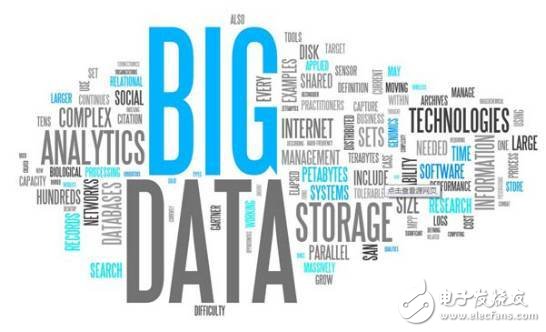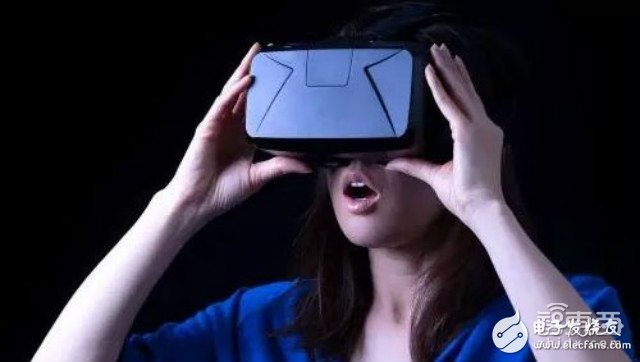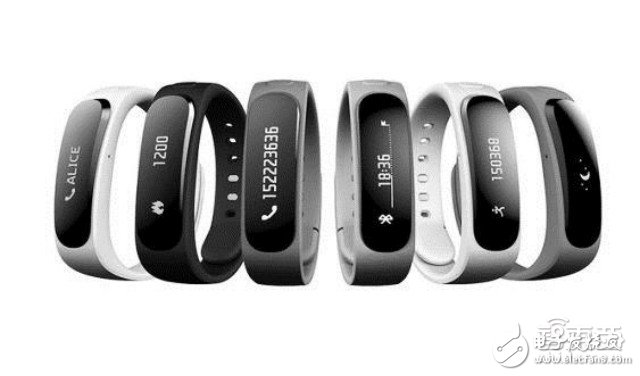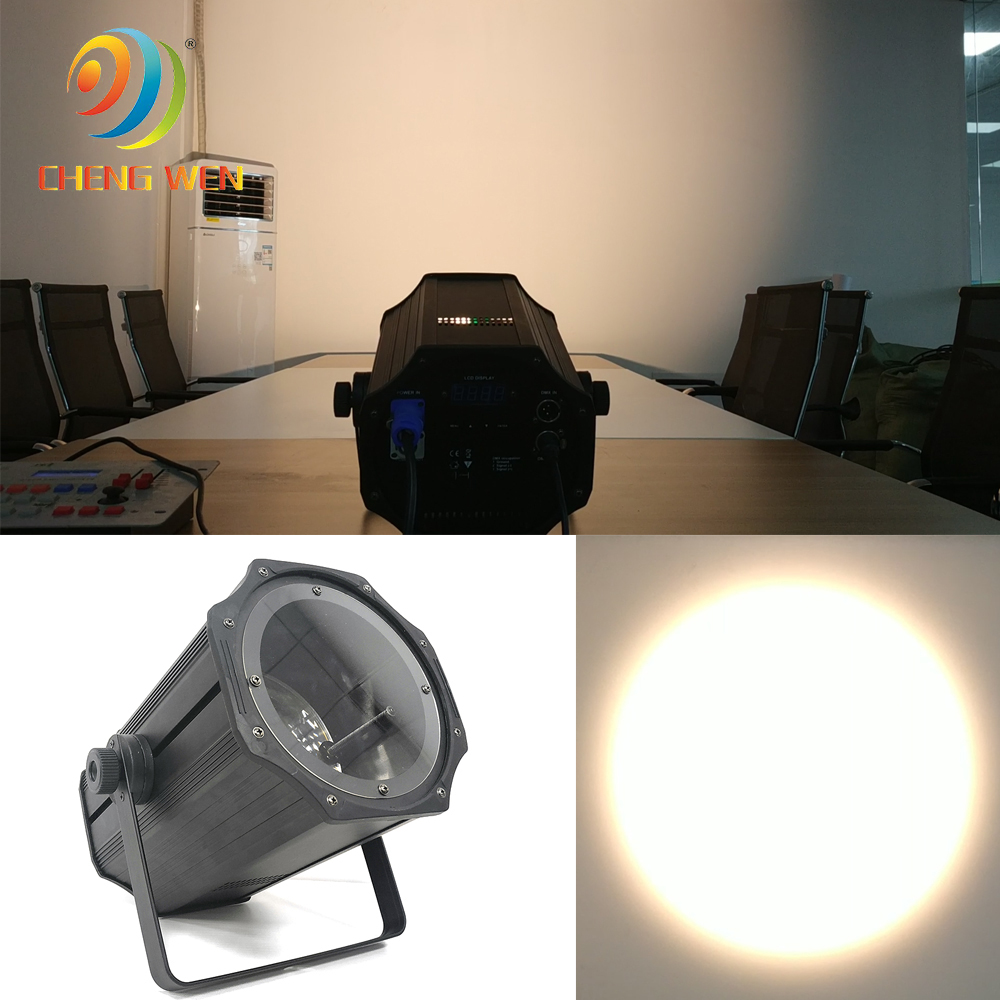The development of technology allows us to reconstruct and define new life concepts. GfK has selected ten technological developments that will have a major impact on people's lives in the near future. We believe that these technologies will greatly influence brand manufacturers, business models and "Connected Consumers" in the future, and promote the further opening of the Internet of Things era. Ubiquitous data analysis Each of the technology trends in this article is related to data, and some technologies are directly derived from data analysis. More and more companies are leveraging the big data they collect from their customers to better understand customer needs and optimize their products to better serve their customers. This is ubiquitous data analysis, which values ​​the quality of the data rather than the quantity. Transforming data into valuable innovations and leveraging data insights into the marketplace to make informed business decisions. If you focus on the quality of your data, it's important to filter all the information you collect. For example, artificial intelligence, which will be mentioned later, requires a series of actions to be completed quickly: data collection, analysis, and instant judgment to take action. Strictly speaking, attention to data quality needs to be embedded in the process of data collection. Behind such data analysis we must also pay attention to the privacy of consumer information. GfK's 2015 consumer research conducted in 20 regions around the world shows that consumers around the world are worried about how their data is collected, sold and utilized. 16% of users around the world say that “personal information is illegally exploited†is one of the three things people care most about (13% in 2013). Because of the different markets, the degree of concern is different, but we also believe that consumers are not clearly aware that a large amount of data about them is being used for market analysis, and they are not aware of the great value of this, so each The industry needs to use and analyze this data with care. Virtual reality (VR) In 2016, from industry to consumer, from hardware to software, about virtual reality, everything is at the stage of universal education. As the three giants successively launched consumer-grade products, and the "selling out" news transmission, virtual reality as the most concerned new intelligent field quickly swept the world. The global VR headset market is expected to reach $2.8 billion by 2020, with VR head-mounted devices for gamers accounting for the majority. In the Chinese market, the annual retail sales volume will reach 3 million units in 2016. From the VR head-on online market monitored by GfK, from January to April 2016, VR head-mounted retail sales almost doubled by 20 times, virtual reality hardware. The product is experiencing an initial burst of growth. But still the VR box is still the main. On the whole, China's VR market is still in the stage of barbaric growth. Whether it is from hardware or content at a very early stage, the business model is still being further explored. The real arrival of the VR era requires the opening of hardware, content and Standards such as VR are dead, and it is not a matter of time to solve these problems. However, the prospects of VR applications are obvious to all. I believe that in the future, VR applications will gradually penetrate into the fields of live broadcasting, tourism training, medical care, decoration, real estate and education. Artificial intelligence (AI) Artificial intelligence is ultimately the process of recreating human thinking. As an artificial machine, the ultimate form of AI will have the same level of intelligence as we do: learning, reasoning, using language, and conceiving original ideas. However, only the AI ​​with learning ability has quickly penetrated into our lives. Amazon uses AI technology to recommend products to consumers, and Netflix uses it to recommend movies. Facebook and Twitter use it to choose what to push. Siri, GoogleNow, Cortana and, more recently, Amazon Echo are using AI technology to provide voice control services to their customers. Speech recognition is one of the core areas of the current investment and development of artificial intelligence. Based on artificial intelligence, each manufacturer can play a lot of space, and different applications and directions are really interesting places. In 2016, the development of AI assistants may surpass the development of smart phones. Artificial intelligence is a market to be explored and developed, and this market has many possibilities. Wearable product How long does it take for smart watches, health monitoring bracelets, cameras, GPS positioning devices and heart rate monitoring devices to enter the mainstream market? Although the release of the highly anticipated GoogleGlass and AppleWatch has captured the imagination of consumers, only a few consumers have accepted these devices. China's wearable market is expected to reach 31.6 million units in 2016, up 32% from 2015, but the lower-priced bracelet products account for the majority of the market. The overall market sales continue to rise while the growth rate slows down. The market has gone through. After the leap in 2015, it began to enter a more rational stage. If wearables want to attract more consumers, we think there are four things to note: 1. Integration with the Internet of Things Integrating wearables with existing personal technology ecosystems will be a fundamental step in expanding the market. As the connection between consumers and smart homes and smart cars is constantly being established, this convergence will become even more important, and consumers will use smart wearable devices to control homes and cars, just as smartphones do. 2. Design and materials Shape design has become a major stumbling block for wearable products to keep up with the trend of the times. Some fashion brands are aware of this business opportunity and realize that they lack technology precipitation in the development of wearable devices, so these brands have chosen to cooperate with technology manufacturers. For example, high-end watch manufacturers Fossil and TAGHeuer are working with companies like Intel and Google to develop smart devices. The next development in the appearance of wearable devices is tailor-made clothing and medical equipment. A new generation of wearable products must incorporate the stylish look of electronic technology and traditional wearables. 3. Accurate and effective information collection Improving data accuracy and interpretation is another big issue that wearables are addressing. As sensing technology improves, the data output by wearable devices will be more reliable and accurate. This information is increasingly being stored in the cloud and actively providing consumers with relevant and plausible information through the cloud. 4. A striking new case We believe that products with distinctive characteristics will gradually establish unique connections with consumers. For example, heart rhythm can replace the handwritten password to open the door or adjust the indoor temperature. In this way, the combination of a large number of devices on the market and the characteristics of each consumer is realized.
The COB light series is a main light that improves the brightness of the stage lighting. The COB light with the focus function can be switched between the function of concentrating bright light and emitting soft light in a large area, so that it can meet the requirements of different brightness and spotlight on the stage. need. The difference between COB and other series is that white light and warm white light are mainly used in color, which is the main source of light on the stage, stand an important position on stage.
Cob Lights ,Cob Led Strip,Cob Led Light,Cob Strip Light Guangzhou Cheng Wen Photoelectric Technology Co., Ltd. , https://www.leddisplaycw.com



